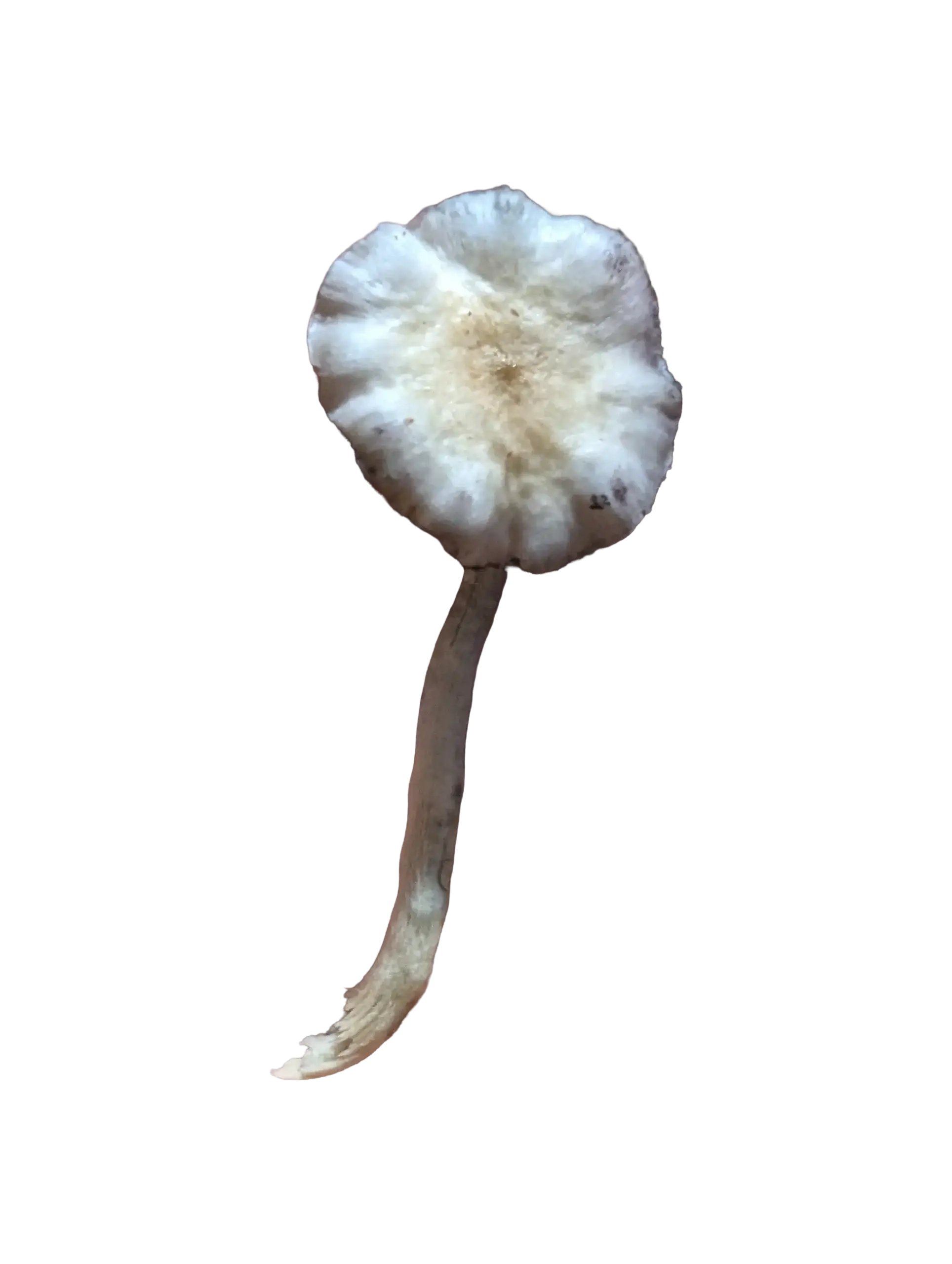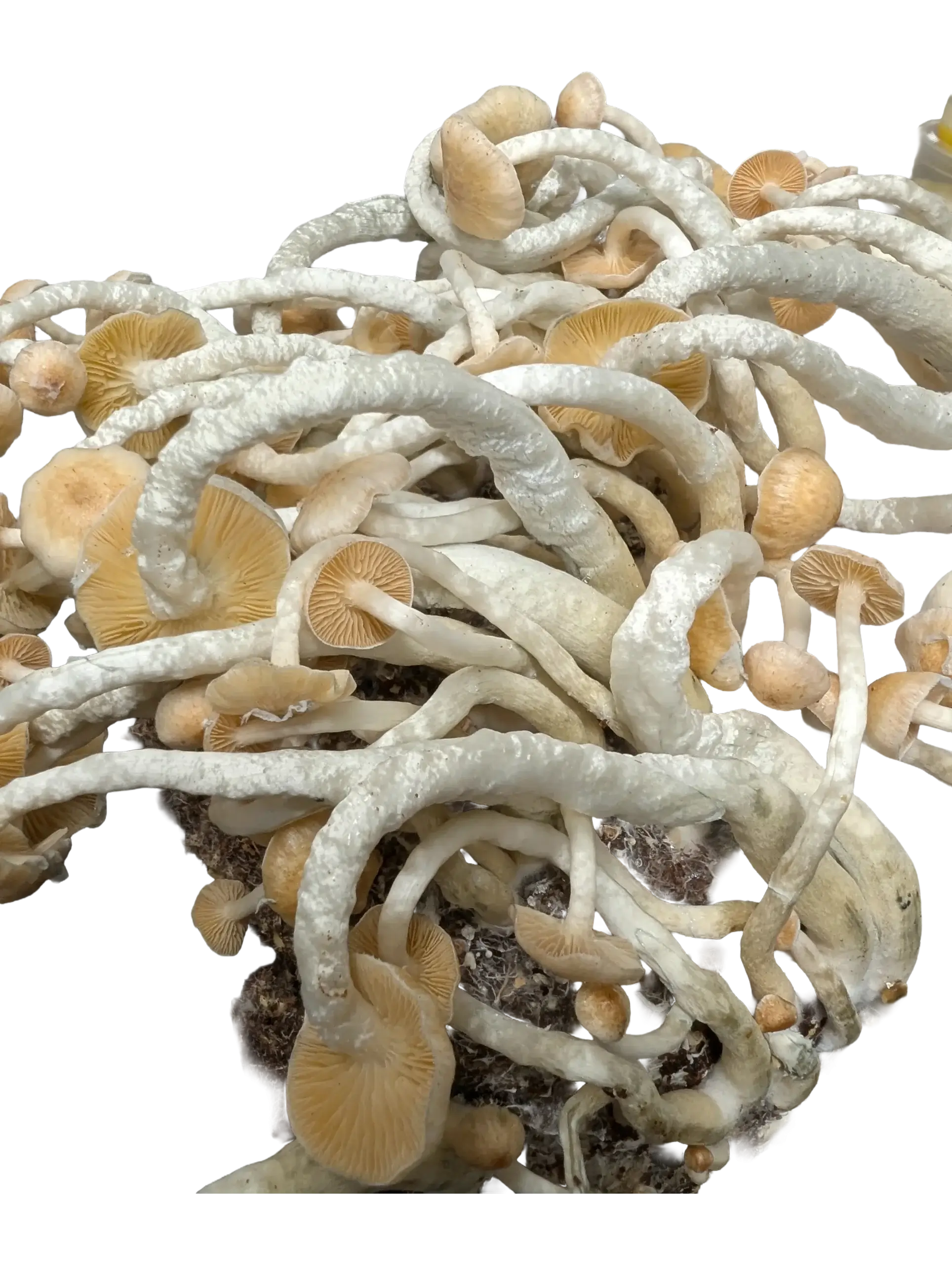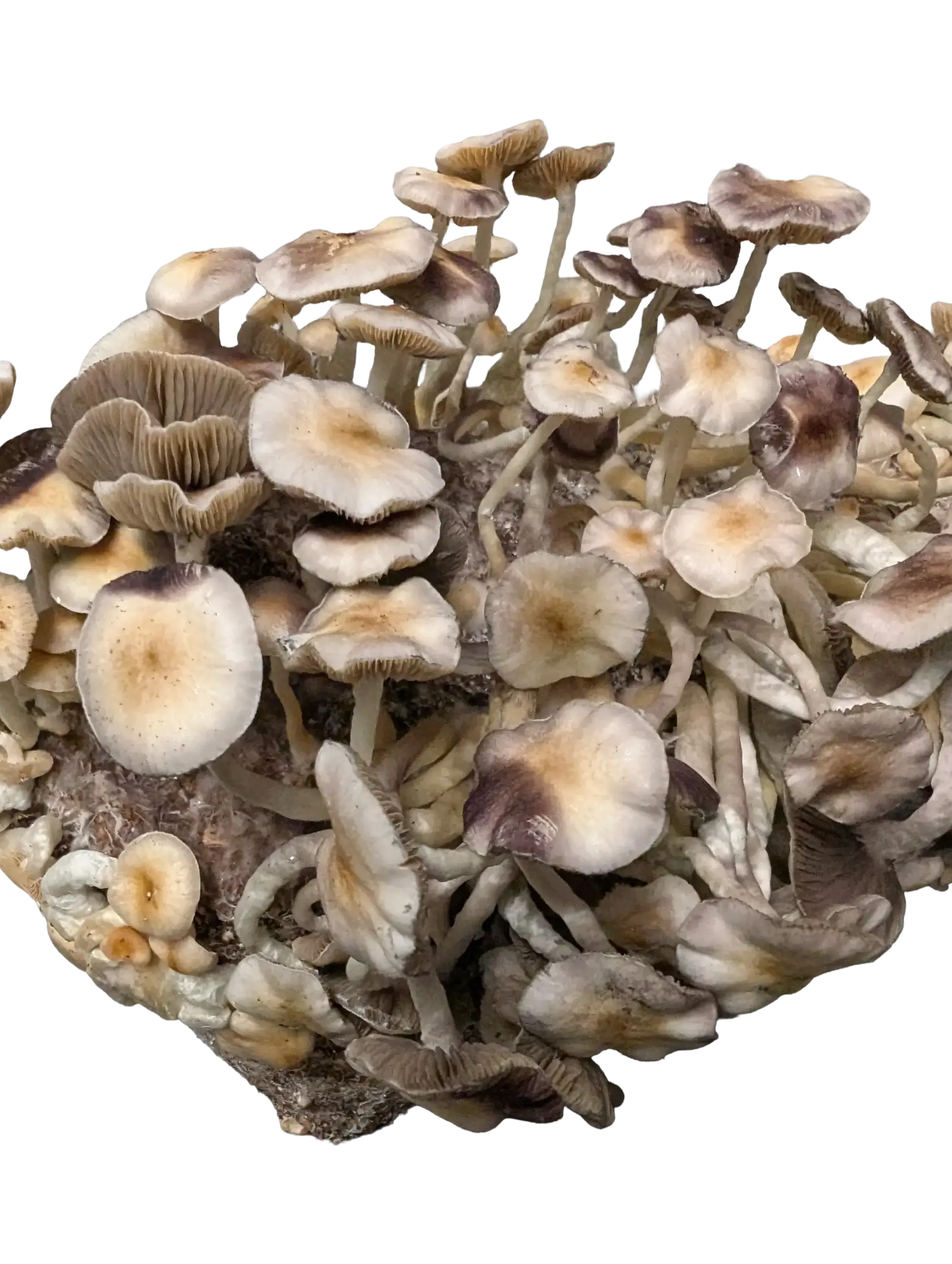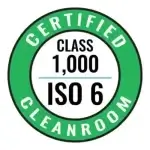What if you could cultivate a research strain that’s easier to grow than standard Psilocybe cubensis, more resistant to contamination, and delivers higher potency for microscopy research? That’s exactly what makes Psilocybe natalensis so extraordinary. This South African native has quietly earned a reputation as one of the most rewarding strains for both beginner and experienced cultivators.
Discovered in the Natal region of South Africa and officially described in 1995, P. natalensis represents a significant find in mycological research. While closely related to P. cubensis, this species demonstrates distinct genetic differences, unique growth characteristics, and anecdotal reports of more introspective experiential qualities. The research community has taken notice—and for good reason.
If you’re ready to work with a strain that combines ease of cultivation with exceptional research value, this comprehensive guide will walk you through everything you need to know. From understanding why natalensis resists contamination better than most cubensis varieties to mastering its specific fruiting requirements, we’ll cover every detail that makes this South African treasure worth adding to your research collection.
The South African Legacy: Why Psilocybe natalensis Stands Apart
Psilocybe natalensis isn’t just another cubensis variant—it’s a distinct species with its own evolutionary history. First identified in South Africa’s Natal region and formally described in 1995, this species has captivated researchers with properties that set it apart from more common varieties.
Unlike many mushroom species that blur together morphologically, P. natalensis can be distinguished by several key features: a less persistent annulus (ring) on the stem compared to P. cubensis, specific genetic markers that confirm its status as a separate species, and habitat preferences that reflect its South African origins. What makes this discovery particularly significant for cultivators is that natalensis brings together the best of both worlds—it maintains the relative ease of cultivation associated with tropical Psilocybe species while demonstrating enhanced resistance to common contaminants.
What Sets Psilocybe natalensis Apart From Cubensis Strains
Superior Contamination Resistance: Natalensis demonstrates notably stronger resistance to common contaminants like Trichoderma and bacteria, making it excellent for cultivators still perfecting their sterile technique.
Faster Colonization Speed: Typically colonizes substrates 15-20% faster than standard cubensis strains, reducing the window of vulnerability to contamination.
Enhanced Research Potency: Laboratory analysis and anecdotal accounts consistently indicate higher concentrations of active compounds, making natalensis particularly valuable for microscopy research.
Distinct Genetic Profile: As a separate species, natalensis offers unique genetic material for comparative studies. Begin your research with our premium Psilocybe natalensis spore syringes.
Essential Equipment and Substrate Preparation
One of the most appealing aspects of Psilocybe natalensis cultivation is that it thrives on the same basic setup used for cubensis research—but with even more forgiving parameters. The substrate preferences mirror those of tropical Psilocybe species, with natalensis showing excellent results on both grain-based spawn and bulk substrates.
Critical Equipment for Psilocybe natalensis Cultivation
Pressure Cooker: A 15-23 quart pressure cooker for sterilizing grain spawn and substrate materials. While natalensis is contamination-resistant, proper sterilization ensures optimal colonization speed.
Still Air Box or Flow Hood: The species’ natural contamination resistance means even cultivators working with still air boxes see excellent success rates.
Fruiting Chamber: A modified monotub or shotgun fruiting chamber works excellently. Natalensis isn’t particularly demanding about air exchange rates.
Climate Control: Basic temperature and humidity monitoring suffices. Natalensis tolerates normal household temperatures while maintaining 72-80°F (21-27°C) optimizes colonization.

For substrate preparation, a proven recipe combines 50% coco coir, 25% vermiculite, and 25% colonized grain spawn. The beauty of working with natalensis is that it isn’t particularly sensitive to substrate variations. Some cultivators report excellent results with straight coco coir, while others prefer enriched substrates with added gypsum or worm castings.
One substrate note specific to natalensis: this species prefers slightly higher moisture content than average cubensis strains. Aim for field capacity with a slight bias toward the wetter side—when you squeeze your prepared substrate, you should see several drops of water rather than just one or two.
Inoculation and Colonization: Setting a Strong Foundation
Inoculation represents your first hands-on interaction with Psilocybe natalensis, and this is where you’ll immediately notice the species’ forgiving nature. Whether working with spore syringes or liquid culture, natalensis demonstrates impressive germination rates and aggressive colonization that builds confidence.
Psilocybe natalensis Inoculation Best Practices
Optimal Inoculation Points: For grain jars, use 4-6 inoculation points around the jar. Natalensis colonizes vigorously, so multiple points ensure even distribution.
Spore Solution Volume: Use 1-2cc per quart of grain substrate. Natalensis germinates readily, so conservative amounts work well.
Temperature Management: Maintain colonizing jars at 75-78°F (24-26°C) for optimal speed. This range produces noticeably faster colonization than lower temperatures.
Patience During Early Stages: Allow 5-7 days of undisturbed incubation before your first inspection. The mycelium is establishing its network.
Typical colonization timelines for natalensis run 7-10 days for quart-sized grain jars and 10-14 days for bulk substrate, compared to 10-14 days and 14-21 days respectively for average cubensis varieties. The mycelium presents as bright white, dense, and remarkably aggressive—producing thick, rope-like rhizomorphic growth that spreads rapidly across substrate surfaces.
Comparing different rare species for your research? Explore our complete strain profiles to understand how natalensis compares to other exotic varieties.
Mastering Psilocybe natalensis Fruiting Conditions
Transitioning Psilocybe natalensis from colonization to fruiting represents one of the most exciting phases in cultivation. The environmental shift that triggers pinning follows familiar patterns, with natalensis responding reliably to standard fruiting parameters while tolerating occasional imperfections better than many species.
Psilocybe natalensis Fruiting Parameters
Temperature: Maintain 70-76°F (21-24°C) during fruiting. Natalensis doesn’t require dramatic temperature drops—consistent mid-70s temperatures produce excellent results.
Humidity: Target 85-95% relative humidity, with 90% being optimal. Unlike some species that abort pins in fluctuating humidity, natalensis shows good tolerance for occasional dips to 80%.
Fresh Air Exchange: Moderate FAE works best—fanning 2-3 times daily produces excellent pinsets. Natalensis doesn’t require intensive FAE like some species demand.
Lighting: Indirect natural light or 12 hours of artificial light daily triggers proper phototropism and ensures fruits grow upward rather than sideways.
One of the most notable characteristics of natalensis fruiting is the species’ tendency to produce dense cluster formations. Rather than scattered individual mushrooms, you’ll often see tight groupings of multiple fruit bodies emerging from the same point. Pin formation typically begins 5-7 days after introducing fruiting conditions, with growth from pin to harvestable fruit body taking just 5-7 days under optimal conditions.

Harvest Timing and Multiple Flush Management
Harvest timing significantly impacts the research value of Psilocybe natalensis specimens. The primary harvest indicator involves monitoring the veil—the thin membrane connecting the cap edge to the stem. For optimal research specimens, harvest just as the veil begins to tear or immediately after it breaks.
Psilocybe natalensis Harvest Indicators
Veil Status: Look for veils stretched taut and just beginning to tear. This represents the ideal harvest window—compounds are at peak concentration.
Cap Appearance: Mature caps transition from darker brown centers to lighter golden-brown as they expand. Avoid waiting until caps fully flatten.
Stem Firmness: Properly-timed specimens maintain firm, dense stems. As mushrooms over-mature, stems become hollow and spongy.
Cluster Maturity: Since natalensis fruits in clusters, harvest when 60-70% of the cluster reaches veil-break stage.

Use a clean, sharp knife or sterile scissors to cut mushrooms at the base of the stem. Avoid twisting or pulling, as this disturbs the underlying mycelium. For multiple flush management, natalensis reliably produces 3-4 productive flushes when properly maintained. Between flushes, remove any remaining mushroom stumps and rehydrate either through heavy surface misting or bottom-watering techniques.
Troubleshooting Common Growing Challenges
Slow Pinset Formation
Sometimes natalensis substrate appears fully colonized but fails to produce pins within the expected timeframe.
Solution: Increase fresh air exchange by fanning more frequently. Ensure humidity remains at 90% or above. Drop temperatures by 2-4°F if possible, and verify adequate lighting—natalensis responds to light cues for pin formation.
Dense Clusters with Poor Development
Clusters sometimes become so dense that individual mushrooms compete for space, resulting in many small, underdeveloped fruits.
Solution: During early pin formation, selectively thin dense clusters by gently removing 30-40% of the smallest pins using sterilized tweezers. This allows remaining pins to develop into larger specimens.
Fuzzy Feet and Elongated Stems
Excessive white, fuzzy mycelium at the base of stems with elongated stems indicates insufficient fresh air exchange.
Solution: Immediately increase FAE by fanning 4-5 times daily or increasing passive air hole size. Consider using small fans on timers for consistent air movement.
Want to explore other contamination-resistant exotic species? Check out our Ingeli spore syringes for another robust South African variety, or discover Minami Okinawa from Japan.
Comparing Natalensis to Other Exotic Research Strains
Understanding how Psilocybe natalensis compares to other rare species helps researchers select the most appropriate strain for specific applications.
Natalensis vs. Ingeli: Both hail from South Africa and share similar contamination resistance, but Ingeli tends to produce more scattered, individual mushrooms rather than tight clusters. Natalensis typically colonizes 10-15% faster, making both species excellent for comparative South African genetics research.
Natalensis vs. Semperviva (P. subtropicalis): Semperviva demonstrates even more aggressive growth and shows remarkable adaptability to varied substrates. Both excel in warmer conditions, though Semperviva fruits reliably across an even wider temperature range. For detailed Semperviva cultivation information, see our comprehensive cultivation guide.
Natalensis vs. Minami Okinawa: Minami Okinawa from Japan represents another fascinating exotic option with distinctly different characteristics. While natalensis thrives in warmer conditions and colonizes aggressively, Minami Okinawa prefers slightly cooler temperatures and displays more delicate growth patterns.
In terms of research applications, natalensis occupies a valuable middle ground—easier than many cubensis varieties while offering the exotic appeal of a distinct species. Anecdotal reports consistently describe natalensis as producing more introspective experiences compared to cubensis, with enhanced potency making it efficient for microscopy work where compound concentration matters.
Storage and Preservation of Research Specimens
Proper storage maintains the research quality of Psilocybe natalensis specimens long after harvest. Drying represents the primary preservation method, removing moisture that would otherwise support bacterial growth and compound degradation.
For optimal results, begin drying within 1-2 hours of harvest. Set your food dehydrator to 95-105°F (35-40°C) and arrange mushrooms on trays without overlapping. Drying typically takes 6-10 hours depending on mushroom size. Specimens are properly dried when they snap cleanly rather than bending.
Once fully dried, store specimens in airtight containers with food-grade oxygen absorbers in a cool, dark location. Mason jars with small desiccant packets work excellently. Under these conditions, properly dried natalensis maintains research quality for 6-12 months. For long-term preservation beyond one year, vacuum sealing with freezer storage maintains specimen quality for multiple years.
Legal Considerations for Responsible Research
Understanding the legal framework surrounding Psilocybe research remains essential. In most US jurisdictions, psilocybin mushroom spores remain legal for microscopy, research, and educational purposes because they do not contain psilocybin or psilocin. However, cultivating these spores into fruiting mushrooms typically falls under controlled substance regulations.
Geographic variations create a complex landscape. Some jurisdictions have decriminalized or created legal pathways for psilocybin research, while others maintain strict prohibitions. California, Colorado, Oregon, and several cities have implemented various forms of decriminalization, though specific rules differ substantially. Researchers should consult current local regulations to ensure compliance with applicable laws.
For researchers operating within legal frameworks, maintaining detailed documentation supports both scientific rigor and legal compliance. Recording cultivation parameters, observation notes, and research objectives demonstrates serious scientific intent and contributes to legitimate mycological knowledge.
Ready to Begin Your Psilocybe natalensis Research Journey?
Psilocybe natalensis represents one of the most rewarding species for mycological research—combining ease of cultivation with exotic genetics and exceptional research quality. Whether you’re beginning your first mycology project or expanding an established collection, natalensis offers reliability, fascinating characteristics, and valuable research applications.
Final Thoughts: Why Natalensis Deserves a Place in Every Research Collection
After examining every aspect of Psilocybe natalensis cultivation and research applications, a clear picture emerges: this South African species deserves recognition as one of the most valuable strains available for mycological research. The combination of beginner-friendly cultivation, enhanced contamination resistance, reliable multi-flush production, and distinctive research qualities creates a package that few other species can match.
For researchers just beginning their mycological journey, natalensis provides an ideal introduction to Psilocybe cultivation. The forgiving nature means early mistakes are less likely to result in complete failure, while rapid colonization and reliable fruiting build confidence and accelerate the learning curve.
Experienced researchers find value for different reasons. The species’ genetic distinctness from cubensis offers comparative research opportunities, while enhanced compound concentrations make it efficient for applications where potency matters. The consistent reports of more introspective experiential qualities add another dimension of research interest, suggesting chemical profile variations worthy of investigation where legally permitted.
The practical advantages—faster colonization, strong contamination resistance, reliable multi-flush production—translate directly into research efficiency. Time saved during cultivation cycles allows more frequent experimental iterations, while reduced contamination rates mean more successful grows and less wasted resources.
Perhaps most significantly, natalensis represents the genetic diversity that makes mycology endlessly fascinating. As a distinct species with its own evolutionary history, it adds breadth to any research collection. Working with natalensis alongside cubensis varieties and other exotic species provides perspective on the remarkable variation within Psilocybe.
For anyone considering adding Psilocybe natalensis to their research collection, the evidence strongly supports that decision. Whether your interests lie in microscopy, comparative genetics, cultivation optimization, or simply experiencing the satisfaction of successfully growing an exotic species, natalensis delivers on all fronts. Begin your natalensis research with quality genetics, apply the techniques outlined in this guide, and approach the process with patient observation. The species will reward your efforts with robust growth, fascinating characteristics, and valuable research material. Ready to experience what makes this South African species special? Explore our premium Psilocybe natalensis spore syringes and start your research journey today.
Continue Your Mycology Journey
- Ingeli Spore Syringes – Another robust South African species perfect for comparative research
- Semperviva Cultivation Guide – Complete growing instructions for this aggressive subtropical species
- Minami Okinawa Spore Syringes – Explore unique Japanese genetics for comparative research
- Complete Strain Profiles – Detailed information on dozens of research strains
- Browse All Spore Syringes – Discover our full selection of premium genetics
- Compare Natalensis with Cubensis and Other Psilocybe Species


